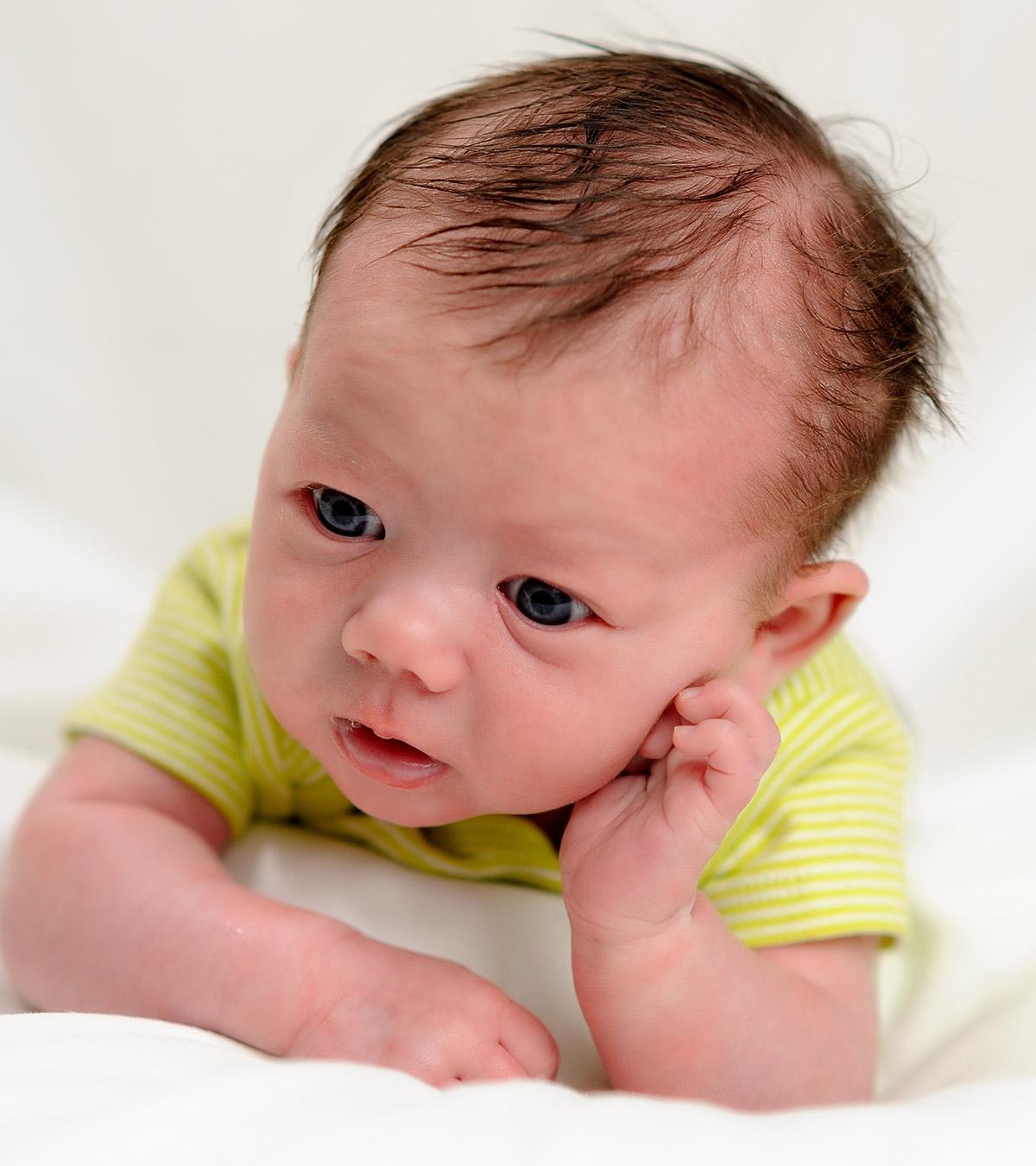Sunil patel chief of neurosurgery at the medical university of south carolina discusses a rare case of bobble head doll syndrome.
Baby bobble head syndrome.
The pathogenesis of this movement disorder and the differential diagnosis of head bobbing in children are discussed.
Symptoms of bobble head doll syndrome.
Mri of the.
This has been done as part of my intro to neuroscience class at georgia t.
The messages are not received in a timely fashion.
Characterized by a y.
Bobble head doll syndrome bhds is a rare neurological condition that is typically first seen in childhood.
Although the specific cause of this condition is unknown bhds is often seen with cysts in the third ventricle of the brain that also cause hydrocephalus water on the brain.
Bobble head doll syndrome is a rare neurological movement disorder in which patients usually children around age 3 begin to bob their head and shoulders forward and back or sometimes side to side involuntarily in a manner reminiscent of a bobblehead doll.
Bobblehead doll syndrome list of authors.
A rare condition where a child s head bobs up and down continuously due to either fluid on the brain or a large cyst in the third ventricle of the brain.
Abstract a third patient with the bobble head doll syndrome was reported.
A video review of an article written by nelia zamponi on bobble head doll syndrome.
This is a tic like movement disorder described thus far only in children.
In 2011 the crown prosecution service recommended the term be replaced with nahi.
It is a disorder of the central nervous system.
Nitish agarwal m b b s and amol raheja m b b s m ch.
But wobbly kitten is a different sort of movement.
The messages to the brain are short circuited somehow.
Two new cases of the bobble head doll syndrome are presented and the literature is reviewed.
More detailed information about the symptoms causes and treatments of bobble head doll syndrome is available below.
A 5 year old girl presented with a 2 year history of excessive head nodding.
Its chief features are a 2 to 3 per second up and down or to and fro bobbing of the head sometimes also of the trunk which could be inhibited voluntarily and disappeared in sleep.
It affects how the kitten moves not just in the beginning of life but all through it.

